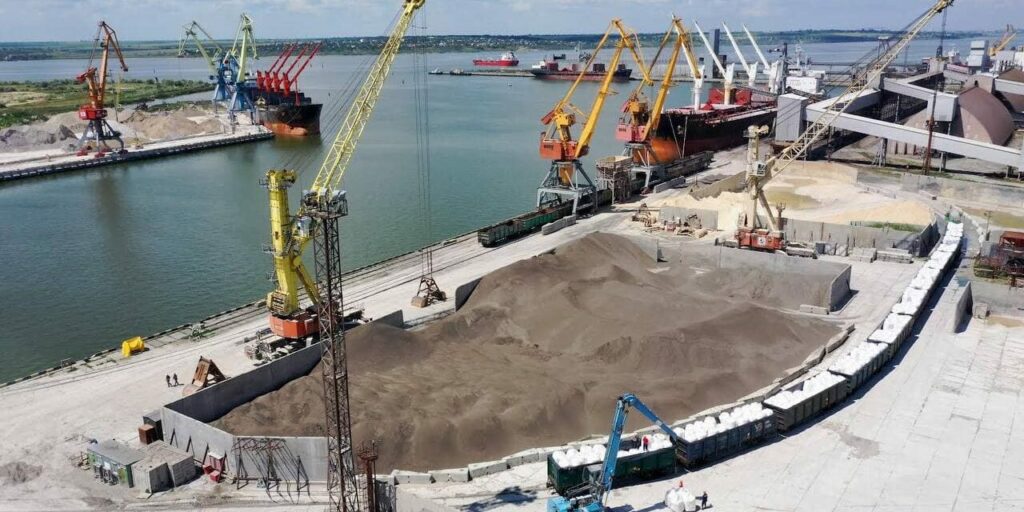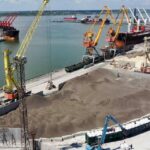Nika-Tera handled a record 397 railway wagons per day

There is a new record in the specialized sea port “Nika-Tera” – the company handled 397 railway wagons per day.
“The setting of a new port record shows a significant improvement in business processes in logistics and a better interaction between the port and Ukrzaliznytsia. This directly affects logistics, the speed of servicing customers’ goods. Delivery and transshipment of goods “Just in Time” is our rule. This is a prerequisite for increasing your customer base. The railway, in contrast to another type of transport, is not the simplest logistic solution, but this year we have a good interaction,” commented Alim Agakishiev, CEO of the Nika-Tera port.
The port notes that the new record was supported by the shareholder’s investment in the Port Capacity Increase Program.
Within the framework of the program, railways were built and put into operation, with a length of more than 23 kilometers with 12 centralized and 42 manual switches.
The port also increased the number of its own diesel locomotives to 10 units within the framework of this program. The enterprise has 5 special weighing sysytems for unloading wagons.
The port has its own locomotive depot for maintenance and repair of diesel locomotives. As part of the implementation of the Program to increase the throughput capacity, a new weighing system was built, the number of berths was increased to 8 with a length of 1900 meters, the necessary equipment was purchased for transshipment of cargoes.
“We are devepoling further. To optimize logistics operations and increase the port’s capacity, it is planned to build additional weight railway complexes and car unloading stations. The new generation port should be faster than others,” says Agakishiev.
The company operates a large railway-yard of 2.5 thousand rail wagons; a fleet of 70 new DAF trucks; a technological fleet, consisting of 3 tugs (from 1200 to 2500 hp) and performing shunting operations with vessels in the ports of the Mykolaiv region.
In total, in 2020, the terminal accepted 409 vessels, handling 7.380 million tons of cargo. The structure of cargo turnover looked like this: grain, legumes and oilseeds amounted to more than 5.55 million tons or 75% of the total volume, bulk – 1.27 million tons (18%), liquid – 323 thousand tons (4%), mineral fertilizers – 215 thousand tons (3%).





